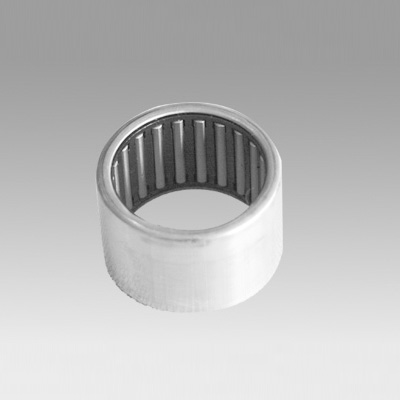
Jul . 23, 2024 14:56 Back to list
Calculating Loads for Deep Groove Ball Bearings in Mechanical Applications and Design Considerations
Deep Groove Ball Bearing Load Calculation
Deep groove ball bearings are among the most commonly used types of rolling element bearings. They are designed to support both radial and axial loads, making them versatile and essential components in various machinery and equipment. Understanding how to calculate the load capacity of deep groove ball bearings is critical for ensuring the reliability and longevity of mechanical systems. This article delves into the factors influencing load capacity and the methods employed in their calculation.
Understanding Load Types
Before delving into calculations, it is crucial to distinguish between the primary types of loads that a bearing can support
1. Radial Load This is the force applied perpendicular to the axis of the bearing. In many applications, such as electric motors and automotive wheels, the primary load on the bearings is radial.
2. Axial Load This force acts parallel to the axis of the bearing. Bearings can support axial loads in one direction (single direction) or in both directions (double direction).
It is essential to assess both types of loads in applications to ensure optimal performance and prevent premature failure.
Factors Influencing Load Capacity
Several factors influence the load capacity of deep groove ball bearings
1. Bearing Design Different designs, such as single-row or double-row configurations, have varying load capacities. Generally, more rows of balls can distribute loads more evenly.
2. Material The materials used for both the balls and the raceways affect the bearing's load capacity. Higher-quality materials can withstand greater loads.
deep groove ball bearing load calculation

3. Size The dimensions of the bearing, specifically the diameter of the balls and the width of the raceway, directly influence load capabilities. Larger bearings typically support more load.
4. Operating Conditions Factors such as speed, temperature, and lubrication play a significant role in the bearing's performance. Insufficient lubrication, for instance, can lead to increased friction and premature wear.
Load Calculation Methodology
To calculate the load capacity of a deep groove ball bearing, the following steps can be followed
1. Identify the nominal dynamic load rating (C) This value, provided by manufacturers, represents the load under which a bearing will achieve a defined lifespan of one million revolutions.
2. Calculate equivalent dynamic load (P) The equivalent load considers both radial and axial loads acting on the bearing. For a bearing subjected to a radial load (Fr) and an axial load (Fa), the equivalent dynamic load can be calculated using the formula \[ P = Fr + X \cdot Fa \] where X is a factor determined by the bearing design and load conditions.
3. Determine the life of the bearing The bearing life can be predicted using the following formula \[ L_{10} = \left( \frac{C}{P} \right)^3 \] Here, \(L_{10}\) is the expected life in millions of revolutions, and C is the dynamic load rating.
4. Evaluate safety factors Depending on the application, it might be prudent to apply a safety factor to the calculated load to account for variability in operating conditions.
Conclusion
The load calculation for deep groove ball bearings is a fundamental process in mechanical design. By considering the types of loads, factors affecting load capacity, and employing correct calculation methodologies, engineers can ensure that bearings are selected and operated within their optimal performance ranges. This not only enhances the efficiency of machinery but also extends the service life of the components, ultimately leading to reduced operational costs and improved reliability. Understanding these principles is essential for anyone involved in the design and maintenance of mechanical systems.
Latest news
-
Common Failures in Thrust Ball Bearings and Solutions
NewsAug.22,2025
-
How Tapered Roller Bearings Can Take Shock Loads
NewsAug.22,2025
-
Angular Bearings in High-Precision Spindles
NewsAug.22,2025
-
The Impact of Misalignment on Cylindrical Roller Bearing Performance
NewsAug.22,2025
-
The Role of Cage Design in Deep Groove Ball Bearing Durability
NewsAug.22,2025
-
The Impact of Material Quality on Machinery Bearings’ Lifespan
NewsAug.22,2025
